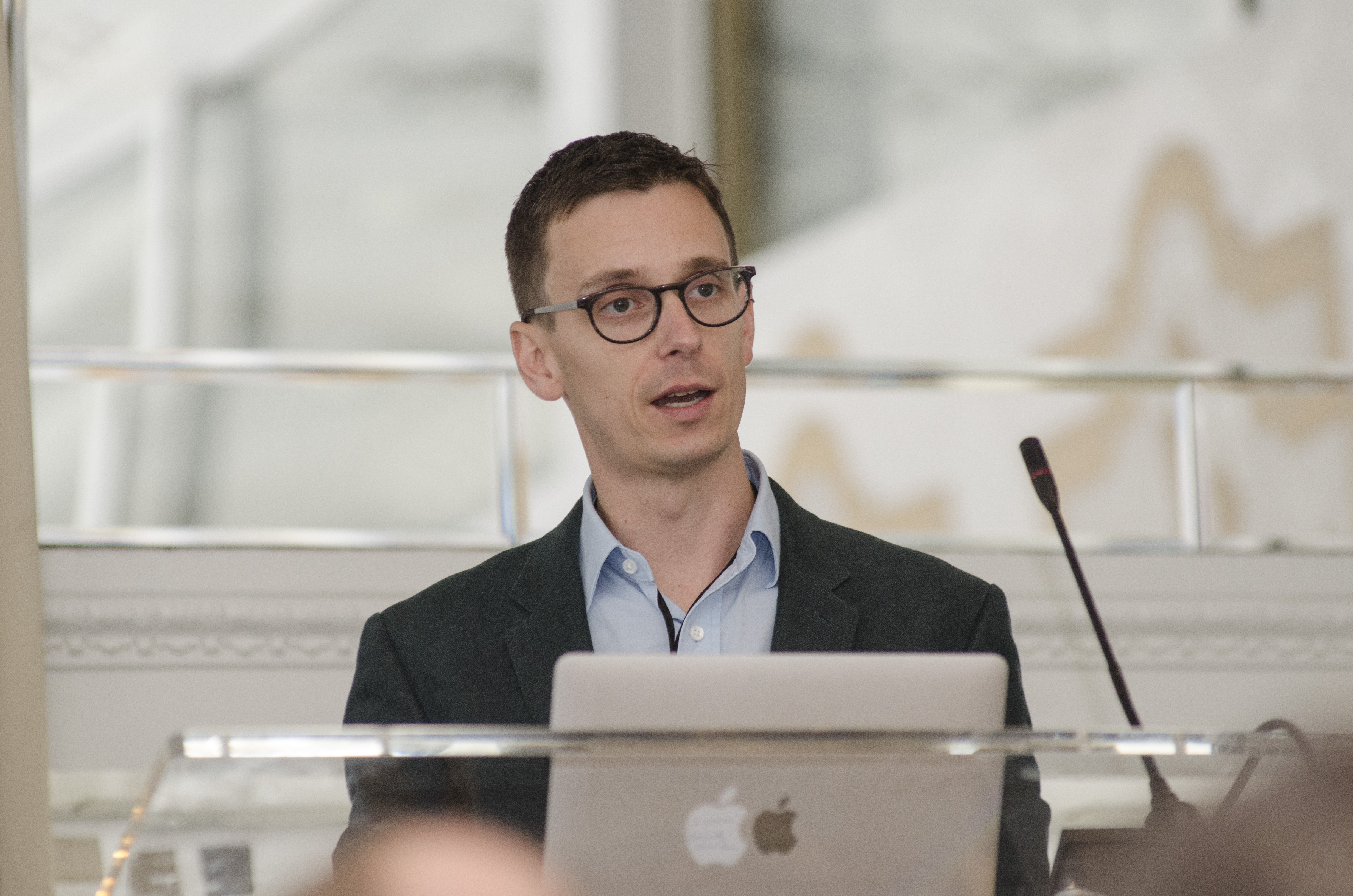A research team at the George Washington University School of Medicine and Health Sciences has been awarded a $2 million grant to study the body’s natural defenses against HIV and look for ways to eliminate the infectious HIV reservoirs in the white blood cells of people taking antiretroviral therapy.
Millions of people, including children, live with HIV worldwide. The virus hides latent in the immune system reservoirs where the immune system does not see it and therefore cannot work to fight it. This makes it particularly challenging to combat, according to Brad Jones, a SMHS assistant professor of microbiology, immunology and tropical medicine.
Dr. Jones was awarded a $2 million grant from the National Institute of Allergy and Infectious Diseases of the National Institutes of Health to conduct this research. Previous studies have used artificial models of HIV latency, while this one relies on real white blood cells from patients with HIV who are receiving combination therapy. Combination therapy is a treatment plan where patients take several antiretroviral medications to slow down how quickly HIV duplicates in the body. It is considered more effective than using just one medicine.
“We are really trying to harness people’s own natural immune responses against the HIV virus,” Dr. Jones said.
The five-year study looks specifically at the “killer T-cells” in an individual’s immune system. These T-cells are an important part of the immune system with the function to kill HIV-infected cells. Previous studies have shown that the killer T-cells in different people have varying strengths, which is why some people react better to therapies than others.
“We are trying to find out how to give the body’s immune response a boost and an edge so that these killer T-cells can do what they do best and kill these virus-infected cells,” Dr. Jones said.
Dr. Jones’ team will compare several killer T-cell samples to see which do better in eliminating HIV reservoirs. The results can provide guidance on how to develop better vaccines and immunotherapies pointing toward the ultimate goal of curing HIV.
Following this study, the next step is to use the results to provide guidance to researchers conducting clinical trials and further development of therapeutic strategies.
The abstract for the study is titled “CTL–Mediated Elimination of Replication Competent vs. Defective HIV Proviruses from Natural Latent Reservoirs: Roles of Antigen Specificity and Functional Characteristics.”



